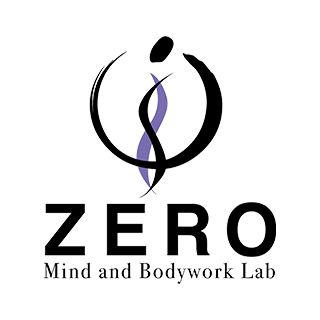Introduction
Hello, I’m Hidefumi Otsuka, offering Rolfing sessions in Shibuya, Tokyo.
Since April 8, 2025, I have been participating in the Advanced Training (AT) for Rolfing.
Yesterday, we completed the second day.

The instructors are Ray McCall from the United States and Hiroyoshi Tahata.
In my previous blog post, I introduced the significance of conducting AT, including its historical background. This time, I would like to summarize the “Three Key Questions” proposed by Jeff Maitland, who has mentored both Ray and Tahata.
For reference, I believe this concept is also valuable when approaching coaching — not just for bodywork, but also for coaching sessions.
Jeff Maitland’s Concept: The Three Key Questions
In the afternoon of the first day, we began by sharing Jeff Maitland’s “Three Key Questions” on a whiteboard:
- Where do you start? (With what approach or mindset do you begin the session?)
- What do you do next? (What action do you take after the initial approach?)
- When are you done? (How do you determine when the session is complete?)
These three questions help guide the flow of a session:
How to start, how to decide the next step, and how to recognize completion.
Among them, the first question — “Where do you start?” — is particularly fascinating.
What Perceptual State Should You Begin With?
When considering how to approach or what mindset to adopt when beginning a session, Ray emphasizes:
“Create a perceptual state where the client feels safe.”
When clients feel safe, they are better able to connect to their necessary internal resources.
As a result, non-verbal communication becomes possible, and clients unconsciously develop a sense of “being heard” by the practitioner or coach.
The Belief That the Body Can Self-Regulate
To verbalize this perceptual state:
“Believe that the client’s body is capable of self-regulation.”
Both Ray and Tahata value working with a “light touch.”
Ray explained the historical background leading to this practice.
When Ida Rolf first developed Rolfing techniques, applying physical pressure to the fascia effectively reorganized the body.
However, this method often caused pain.
In the 1980s, concepts from Biodynamic Craniosacral Therapy (an osteopathic approach) were incorporated into Rolfing.
This shift introduced the idea that effective sessions could be conducted without strong pressure — through light touch and proper presence.
Presence — Centering the Body Axis (LINE)
The key lies in presence:
Maintaining a well-balanced, centered body axis (LINE) and fostering a relational field with the client.
Ray practices a form of energetic work called Source Point Therapy.
He shared that when working around the sacral region with focused presence, the client’s body axis naturally reorganizes — a process he describes as “evoking” the LINE.
Similarly, Tahata emphasizes the importance of lowering the center of gravity into the HARA (lower abdomen) — creating a state where muscular tension (tonus) is balanced.
During AT, we also practiced exercises to tune and align our own body axis.
Building Relationships
The theme of “relationship” is profound.
It’s critical not only in Rolfing but also in coaching.
Ray shared three additional key insights:
- “Things don’t exist — relationships do.”
- “When you touch a body — what are you touching?”
- “Change happens in unexpected ways.”
- Reminds us that what matters is the relational field, not isolated structures (even the body axis).
Through non-verbal communication, - we attune ourselves to what the body truly needs.
Then, - change often arises in surprising, unforeseen directions.
Ultimately, building an authentic relationship with the client is essential.
The Rock Garden Work — Experiencing Relationship
To help us deepen our understanding of relationship, Tahata introduced the “Rock Garden Work” exercise.
This practice explores how the body changes depending on one’s spatial positioning and how to sense the creation of comfortable, supportive spaces.
It was a powerful way to experience the dynamics of relational fields.
What Is Neutrality?
Throughout AT, Ray repeatedly emphasized:
“Neutrality is crucial — make sure you circle ‘Neutral’ on your notes!”
Neutrality is essential both for building relational fields and for aligning the body axis.
On the second day, we received a deeper explanation about neutrality.
It was complex and raised many questions — even Ray carefully chose his words as he explained.
In the next blog post, I plan to dive deeper into the concept of neutrality.
Conclusion
This time, I summarized Jeff Maitland’s “Three Key Questions,” a major influence on Ray and Hiroyoshi Tahata. I explained how to approach a session with the right mindset, emphasizing keywords like relationship, perceptual state, and body axis.
I believe these ideas are highly applicable not only to bodywork but also to coaching.
I intend to incorporate them into my own sessions going forward.

